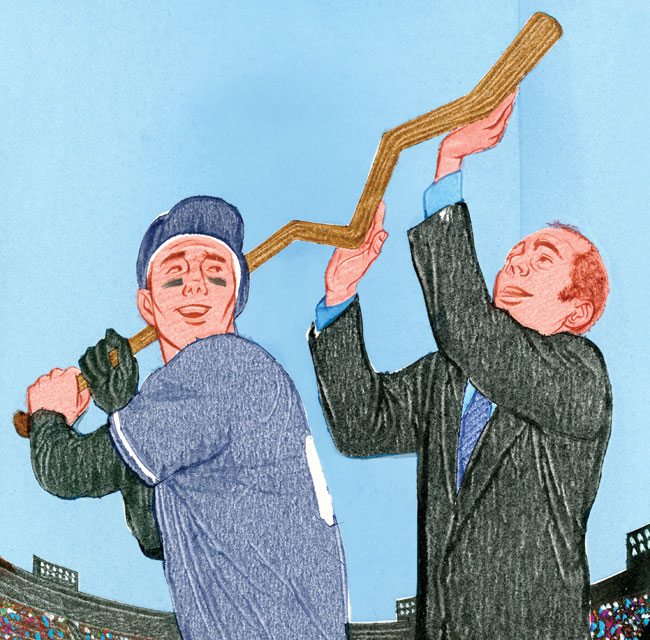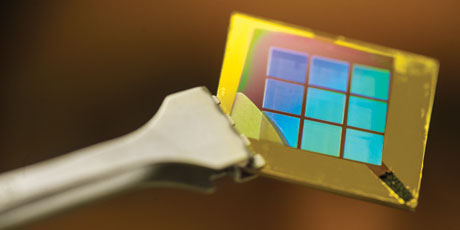Foul ball
Baseball's Steroid Economy
Historian contends that business, not morality, is to blame for the use of performance-enhancing drugs among athletes

Major League Baseball players who use steroids to gain an advantage may be breaking the rules, but are they breaking the moral code as well? Not necessarily, says labor and disability historian Sarah Rose, whose article “Bionic Ballplayers: Risk, Profit, and the Body as Commodity, 1964-2007” suggests that the question raised by steroids is not about the players’ morality, but rather about baseball’s.
“Why has professional baseball players’ steroid use been characterized as an immoral, illegitimate bodily enhancement, when other medical interventions—such as ‘Tommy John’ elbow reconstruction surgery—have been celebrated as career-saving cures?" writes Dr. Rose in the paper, which was co-authored by Joshua Salzmann, assistant professor of history at Northeastern Illinois University. “While admittedly different, both bodily interventions arose out of the same dramatic shifts in the business of baseball—shifts that drove the medicalization of the game and players’ bodies.”
As the researchers contend, before the advent of salary arbitration and free agency in the 1960s and ’70s, baseball players were disposable parts in a high-risk work environment. But once the sport adopted those player-friendly policies, exploding television revenues helped drive the athletes’ salaries into the millions, transforming baseball’s economy of bodily management and prompting players and owners to investigate new ways to preserve and, eventually, enhance the athletes’ bodies.
“Baseball is representative of the fact that Americans increasingly live in an age of biotechnology in which bodily modification for profit has become the norm and, often, an unstated job requirement,” Rose explains.
By attacking individual players’ morality, commentators have obscured this more salient issue.
“Enticed by the prospect of riches, players and teams harnessed fitness training, reconstructive surgery, biomechanical analysis, and performance-enhancing drugs to reduce wear and tear on players’ bodies and, ultimately, radically alter them for profit,” Rose and Dr. Salzmann write. “This interplay between economic incentives and medicine created what we call bionic ballplayers: bigger, stronger, and at times, more fragile than their predecessors.”
The pair interviewed notable sports figures such as Nolan Ryan and Bob Costas, along with a wide array of baseball players, team physicians, trainers, general managers, agents, and union officials with careers dating to the mid-1960s. Their paper was published in the academic journal LABOR: Studies in Working-Class History of the Americas.
ILLUSTRATION BY ALEX NABAUM

















